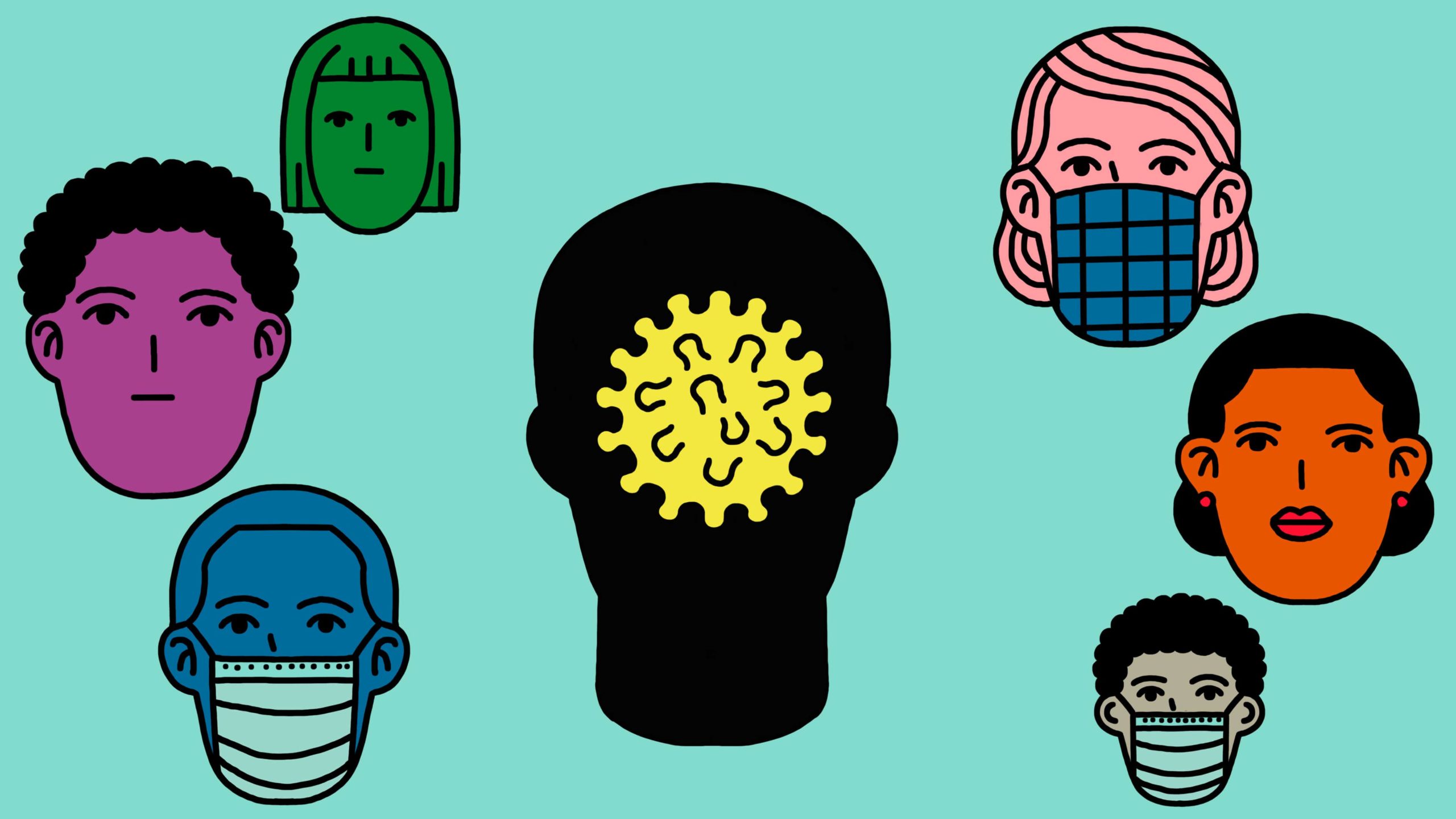The Covid-19 pandemic has brought the world to a standstill, crippling economies and changing human behavior. Washing hands frequently, wearing face masks, and social distancing have all become part of our daily routine to reduce transmission of the virus from unknown carriers.
The COVID-19 virus is characterized by symptoms similar to those of the common flu, which include fever, dry cough, headaches, diarrhoea, aches and pains. The symptoms can be observed between 5-14 days and affect different people in different ways.
However, some have the disease but do not show any visible signs who can transfer the virus. These are known as asymptomatic carriers.
A disease is said to be asymptomatic if a patient is a carrier for an infection or illness but does not show any symptoms. When the condition fails to show any observable signs and symptoms associated with it, then it is asymptomatic.
Asymptomatic diseases are also known as subclinical diseases. Subclinical diseases show no visible signs and may be in the early stage of the disease or a very mild disease.
Why are asymptomatic diseases important?
Asymptomatic diseases are important because they may have devastating consequences on fetal development and newborns as seen in cases of Zika virus and T. gondii infections.
Viral infection such as Hepatitis B virus, Papillomavirus and EBV can lead to cancer if when there are no visible signs that can be detected early enough.
Furthermore, the failure to detect the emergence of these pathogens as they occur may lead to epidemics since a significant proportion of transmission occur during the phase of infections when symptoms have not shown.
It is important to know if an infection is asymptomatic because it may be contagious or may later develop symptoms that only require treatment. The disease may also resolve itself or become benign and may not require that the person does not undergo treatment.
Types of asymptomatic carriers
Asymptomatic carriers can be classified based on the current state of their infections. These include:
- Incubatory carriers: These are individuals that transmit the pathogens immediately after infection but just before the onset of symptoms.
- Convalescent carriers: These are people who spread the infection following a brief period of illness. They often think themselves cured of the disease. Viral diseases such as hepatitis are usually transmitted in the manner.
- Classic asymptomatic carriers: They are considered healthy and never exhibit any signs and symptoms but are capable of infecting others with the disease.
Types of asymptomatic infections

Asymptomatic carriers typically increase the transmission of disease in any population. The standard rule in epidemiology is the 80-20 rule which speculates that 80% of the transmission of diseases occurs by on 20% of the people in a population.
Examples of asymptomatic diseases include:
HIV
HIV infection has an extended period (up to 10 years) in which the person does not show symptoms. Although the host does not show signs, the virus can be passed on to others. The host can show symptoms after the incubation period.
However, opportunistic infections can take advantage of the weakened immune system whether or not the host exhibits symptoms. This can cause further complications and leads to AIDS in the absence of timely treatment.
Typhoid fever
Typhoid is caused by the bacterium Salmonella typhi. Individuals may acquire the bacteria by consuming contaminated food and drinks or by consuming foods or drinks by an infected individual. People who recover from the disease can still carry the pathogen in their cells and are therefore considered asymptomatic.
Chlamydia
Chlamydia is an STI that is asymptomatic in most individuals. The disease may not show any obvious symptoms but can still cause significant damage to the reproductive system.
Individuals that have been infected are at risk of developing pelvic inflammatory disease (PID) if the infection goes unnoticed for a long time.
Clostridium difficile
Clostridium difficile is a bacterium that can be passed in feces and spread to food and water and surfaces when infected people do not wash their hands thoroughly. The bacterium has been shown to spread by asymptomatic carriers and poses a considerable problem in home healthcare.
Cholera
Cholera is an infection caused by the bacterium Vibrio cholerae. The disease is characterized by symptoms such as dehydration and severe diarrhoea. The disease transmitted by consuming contaminated water, although asymptomatic transmissions have been known to occur.
Tuberculosis
Tuberculosis (TB) is a highly infectious disease caused by the bacterium Mycobacterium tuberculosis. The infection typically affects the lungs, but can also affect other body parts.
Active or symptomatic tuberculosis is transmitted from person to person through the air via spores of bacterium that are released into the air following a cough or sneeze.
Some individuals may be infected with the tuberculosis mycobacterium but show no obvious symptoms, a condition known as latent tuberculosis.
Although these cases are often uncontagious, they can be quite problematic in public healthcare since 10% of individuals diagnosed with latent tuberculosis later go on to develop an active case of the infection.
Other examples of asymptomatic diseases include:
- Osteoporosis
- HPV
- Herpes
- Hyperthyroidism
- Chickenpox
- Smallpox
- Type II Diabetes
- Rubella
- Typhus
- Measles
- Hepatitis
- Pre-eclampsia
- Poliomyelitis












